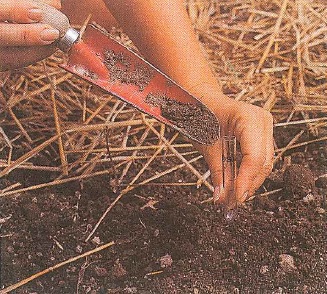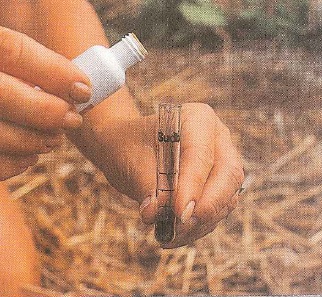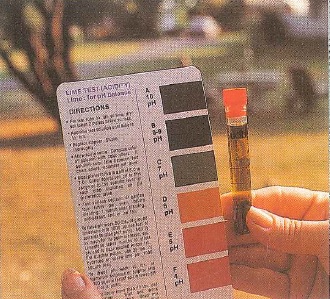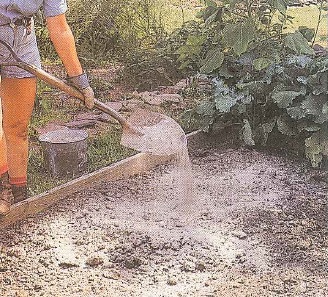Landscaping in Mississauga – soil type tests
Properly preparing your garden soil before you start to plan will save you endless hours and considerable expense in trying to make up for deficiencies later on. There is a lot you can do to improve the overall quality of your soil, and starting with good soils will also greatly broaden your plant choices.
To find out what type of soil you have in your garden, and determine what you need to improve before planting, start with four basic tests:
- check how well the soil drains after a heavy rain or after you have doused it with water from a hose or bucket – for the well balanced soil it should take about one hour for the water to drain: if it takes less – your soil is too sandy; if it takes much longer – your soil is to heavy with clay
- for the second test turn over some soil with a spade and see if you can find earthworms in it – consider yourself lucky if your soil contains a lot of these wonderful creatures with digestive systems and enzymes that chemically alter soil components in plants favour, and whose burrowing activities significantly improve soils drainage and aeration; if you cannot find any worms, this means that you need to improve your soil to attract them.
- additionally you can do a test discussed in our previous blog entry




